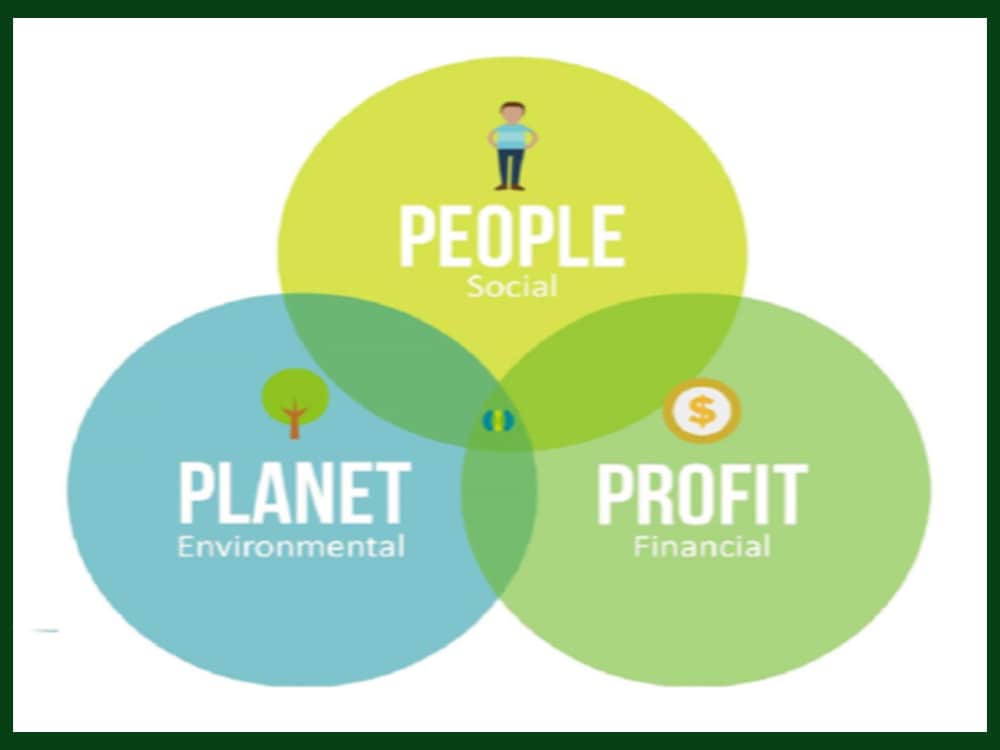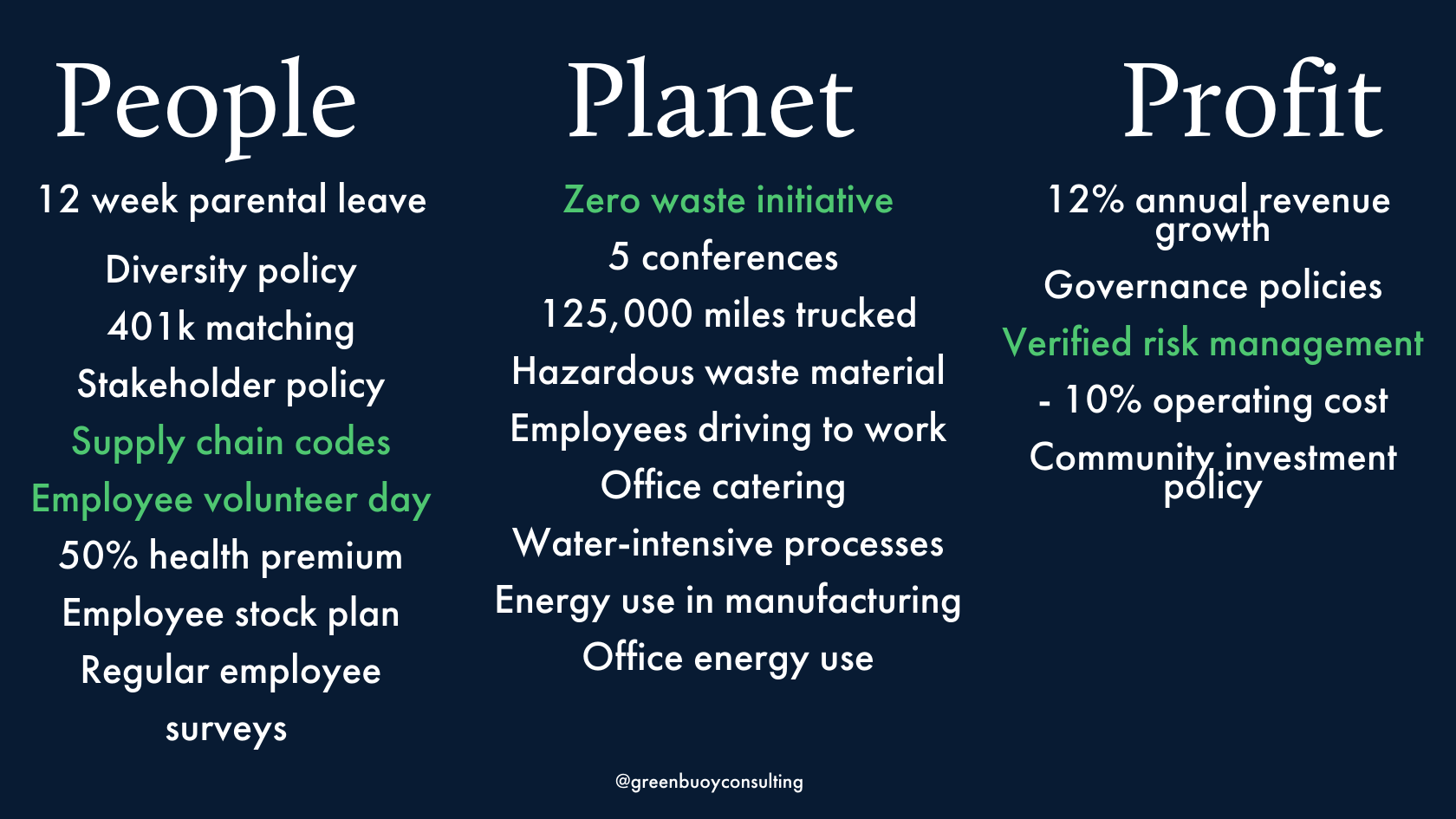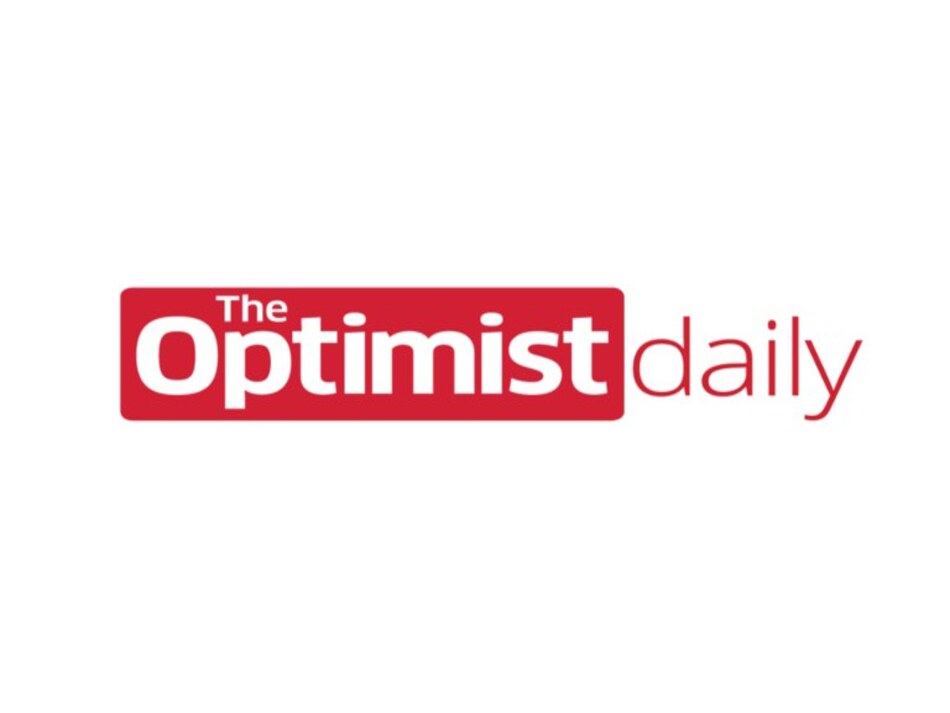
The Triple Bottom Line: People, Planet, Profit Explained – Your Guide to Sustainable Business Success
In today’s rapidly evolving world, the way businesses measure success is undergoing a profound transformation. For decades, the "bottom line" was purely about financial profit. But as global challenges like climate change, social inequality, and resource depletion intensify, a more holistic and responsible approach has emerged: The Triple Bottom Line (TBL).
This powerful framework redefines success, encouraging businesses to look beyond just profit and consider their impact on People and the Planet as well. If you’ve heard these terms floating around but aren’t quite sure what they mean or why they matter, you’re in the right place.
This comprehensive guide will break down the Triple Bottom Line, making it easy for beginners to understand its core principles, its importance, and how it’s shaping the future of business.
Beyond Just Money: What Was the Traditional "Bottom Line"?
Before we dive into the "Triple" aspect, let’s understand what the single bottom line traditionally meant. For most of business history, the primary, and often sole, focus of a company was financial profit. Every decision, every strategy, every investment was primarily geared towards maximizing shareholder wealth.
- Key Focus: Revenue, costs, net income, stock price.
- Measurement: Financial statements like income statements and balance sheets.
- The Problem: While profit is essential for a business’s survival, this narrow view often led to negative consequences that weren’t accounted for:
- Environmental damage: Pollution, resource depletion, waste.
- Social exploitation: Poor working conditions, low wages, unethical labor practices.
- Community neglect: Disregarding the impact on local communities.
These "externalities" – costs borne by society or the environment rather than the company – were largely ignored in the traditional profit-driven model.
Introducing The Triple Bottom Line: People, Planet, Profit
The concept of the Triple Bottom Line was coined by British management consultant John Elkington in 1994. He argued that businesses should prepare three separate "bottom lines" instead of just one:
- Profit (Economic Prosperity)
- People (Social Equity)
- Planet (Environmental Stewardship)
Think of it like a three-legged stool. If one leg is weak or missing, the stool becomes unstable and eventually collapses. Similarly, for a business to be truly sustainable and successful in the long run, it needs to perform well in all three areas.
The TBL framework encourages businesses to move beyond a narrow financial focus and adopt a broader view of success that includes social and environmental performance. It’s about creating long-term value for all stakeholders, not just shareholders.
The Three Pillars Explained: People, Planet, Profit
Let’s break down each of these crucial pillars:
1. People (Social Equity)
The "People" pillar, also known as the social bottom line, focuses on a company’s impact on all its stakeholders – from employees and customers to suppliers and the wider community. It’s about ensuring fair and beneficial business practices toward labor and the community where a corporation conducts its business.
What it encompasses:
- Employee Well-being:
- Fair wages and benefits (living wage).
- Safe and healthy working conditions.
- Opportunities for training, development, and career growth.
- Diversity, equity, and inclusion (DEI) initiatives.
- Work-life balance and mental health support.
- Ethical Supply Chain:
- Ensuring fair labor practices throughout the supply chain (no child labor, forced labor).
- Paying fair prices to suppliers.
- Promoting ethical sourcing of materials.
- Community Engagement:
- Contributing positively to local communities (e.g., through volunteering, charitable donations, local job creation).
- Respecting human rights.
- Engaging with community concerns and feedback.
- Customer Relationships:
- Producing safe, high-quality products/services.
- Fair and transparent business practices with customers.
- Protecting customer data and privacy.
Why it matters for businesses:
- Attracts and Retains Talent: Employees want to work for companies that treat them well and align with their values.
- Increased Productivity: Happy, well-treated employees are more motivated and productive.
- Enhanced Reputation: A strong social record builds trust with customers and the public.
- Reduced Risk: Avoiding labor disputes, boycotts, and negative press.
2. Planet (Environmental Stewardship)
The "Planet" pillar, also known as the environmental bottom line, focuses on a company’s impact on the natural environment. It’s about minimizing negative ecological footprints and actively contributing to environmental sustainability.
What it encompasses:
- Resource Efficiency:
- Reducing energy consumption (e.g., using renewable energy sources).
- Minimizing water usage.
- Efficient use of raw materials.
- Waste Management:
- Reducing waste generation (e.g., through recycling, composting).
- Implementing circular economy principles (designing waste out).
- Proper disposal of hazardous materials.
- Pollution Prevention:
- Reducing greenhouse gas emissions (carbon footprint).
- Minimizing air and water pollution.
- Controlling noise pollution.
- Sustainable Sourcing:
- Using sustainably harvested or recycled materials.
- Supporting biodiversity and ecosystem protection.
- Avoiding harmful chemicals and substances.
- Product Lifecycle Management:
- Designing products for durability, repairability, and end-of-life recycling.
Why it matters for businesses:
- Cost Savings: Reduced energy and water bills, less waste disposal costs.
- Regulatory Compliance: Meeting environmental laws and avoiding fines.
- Brand Image & Customer Loyalty: Consumers increasingly prefer environmentally responsible brands.
- Innovation: Driving new technologies and processes for sustainability.
- Risk Mitigation: Protecting against supply chain disruptions due to resource scarcity or climate impacts.
3. Profit (Economic Prosperity)
The "Profit" pillar, also known as the financial bottom line, is still a critical component of the Triple Bottom Line. However, within the TBL framework, "profit" isn’t just about short-term financial gains; it’s about sustainable economic viability and creating long-term financial health that supports the People and Planet pillars.
What it encompasses:
- Traditional Financial Performance:
- Revenue generation.
- Cost management and efficiency.
- Net income and profitability.
- Shareholder value (but in a long-term, responsible way).
- Long-Term Value Creation:
- Investing in research and development for sustainable products/services.
- Building resilient business models that can adapt to environmental and social changes.
- Attracting responsible investors (ESG investors).
- Innovation & Growth:
- Developing new markets for sustainable products.
- Finding efficiencies that also benefit the environment (e.g., energy efficiency).
- Creating new revenue streams from eco-friendly solutions.
Why it matters for businesses:
- Survival & Growth: A business cannot sustain its social and environmental initiatives without being financially stable.
- Investment Capital: Profitability attracts investors who are increasingly looking for companies with strong ESG (Environmental, Social, Governance) performance.
- Funding for Initiatives: Profits can be reinvested into employee programs, environmental technologies, and community projects.
- Innovation Engine: Financial stability allows for investment in sustainable innovation.
Crucial Point: In the TBL, Profit is not seen in isolation. It is the engine that drives and enables the pursuit of the People and Planet goals. A truly TBL-focused company understands that robust financial performance is a means to achieve broader sustainability, not just an end in itself.
Why is the Triple Bottom Line Important for Businesses Today?
The shift towards TBL isn’t just a feel-good trend; it’s becoming a fundamental requirement for long-term business success and resilience. Here’s why:
- Increased Consumer Demand: A growing segment of consumers, especially younger generations, actively seek out and support brands that align with their values regarding social and environmental responsibility.
- Attracting and Retaining Top Talent: Employees, particularly millennials and Gen Z, want to work for companies that have a positive impact on the world. A strong TBL approach helps attract and keep valuable talent.
- Investor Pressure and ESG Investing: Investors are increasingly using ESG (Environmental, Social, Governance) criteria to evaluate companies. Companies with strong TBL performance are seen as less risky and more appealing long-term investments.
- Risk Mitigation: Addressing environmental and social issues proactively can help companies avoid regulatory fines, reputational damage, supply chain disruptions, and legal challenges.
- Innovation and Competitive Advantage: Focusing on TBL can spark innovation in product design, operational efficiency, and new business models, leading to a competitive edge.
- Resource Efficiency and Cost Savings: Practices like waste reduction, energy efficiency, and sustainable sourcing often lead to significant cost savings in the long run.
- Enhanced Brand Reputation and Trust: Being a responsible corporate citizen builds a positive brand image, fosters trust, and strengthens relationships with all stakeholders.
- Long-Term Resilience: Companies that integrate TBL principles are better equipped to adapt to future challenges, such as climate change impacts, resource scarcity, and evolving social expectations.
Challenges and Criticisms of the Triple Bottom Line
While the TBL framework is powerful, it’s not without its challenges and criticisms:
- Measurement Difficulty: Quantifying social and environmental impacts in the same way as financial profit can be challenging. How do you put a monetary value on employee happiness or a clean river?
- Trade-offs: Sometimes, decisions may involve trade-offs where one pillar seems to conflict with another (e.g., investing in expensive green technology might initially reduce profit margins). Balancing these can be complex.
- "Greenwashing" Risk: Some companies might claim to be TBL-focused without genuinely integrating the principles, leading to accusations of "greenwashing" (making unsubstantiated claims about environmental practices) or "social washing."
- Lack of Standardization: There isn’t one universal standard for TBL reporting, making comparisons between companies difficult. (Though frameworks like GRI, SASB, and B Corp certification are emerging to address this).
- Focus on Metrics Over True Impact: The pressure to measure can sometimes lead to focusing on easily quantifiable metrics rather than the deeper, systemic changes needed for true sustainability.
Despite these challenges, the TBL remains a foundational concept for sustainable business and a valuable lens through which to view corporate responsibility.
How Businesses Can Implement the Triple Bottom Line
Adopting the TBL isn’t an overnight process; it’s a journey of continuous improvement. Here’s a simplified roadmap for businesses looking to integrate People, Planet, and Profit:
- Assess Your Current Impact:
- People: Conduct employee surveys, review HR policies, analyze supply chain practices.
- Planet: Perform an environmental audit (energy usage, waste generation, carbon footprint).
- Profit: Analyze financial statements, identify areas for efficiency.
- Set Clear, Measurable Goals:
- Translate TBL principles into specific, measurable, achievable, relevant, and time-bound (SMART) goals for each pillar.
- Example: "Reduce carbon emissions by 30% by 2030," "Achieve 90% employee satisfaction by next year," "Increase profit margin by 5% through sustainable innovation."
- Integrate TBL into Strategy and Operations:
- Make TBL considerations part of strategic planning, product development, procurement, and daily operations.
- Train employees on TBL principles and empower them to contribute.
- Assign clear responsibilities for TBL initiatives.
- Engage Stakeholders:
- Communicate your TBL commitment to employees, customers, suppliers, investors, and the community.
- Seek feedback and involve stakeholders in decision-making processes.
- Measure, Report, and Communicate Progress:
- Regularly track your performance against TBL goals.
- Publish sustainability reports (e.g., using frameworks like the Global Reporting Initiative – GRI).
- Be transparent about successes and challenges.
- Consider third-party certifications like B Corp to validate your commitment.
- Continuous Improvement:
- Sustainability is an ongoing journey. Regularly review your performance, learn from experiences, and adapt your strategies.
The Triple Bottom Line: The Future of Business
The Triple Bottom Line is more than just a buzzword; it represents a fundamental shift in how businesses perceive their role in the world. It acknowledges that true success isn’t just about accumulating wealth but about contributing positively to society and the environment.
As consumers become more conscious, investors more responsible, and regulations more stringent, companies that embrace the TBL will be better positioned for long-term growth, resilience, and a positive impact. By focusing on People, Planet, and Profit, businesses can build a future where economic prosperity goes hand-in-hand with social equity and environmental stewardship, creating a more sustainable and equitable world for everyone.
Embracing the Triple Bottom Line isn’t just doing good; it’s good business.



Post Comment